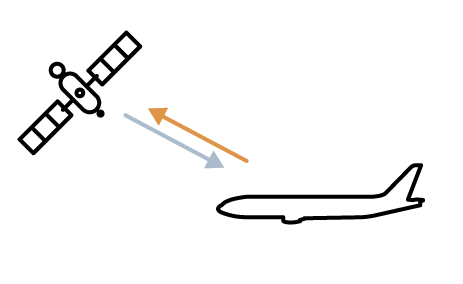Skyward Connections: Airborne Satellite Communications on the Move (COTM)

About Course
As aircraft transform into flying data centers and UAVs revolutionize defense and logistics, the demand for uninterrupted, high-speed, secure communication is taking off—literally. This course delves deep into the technologies and strategies behind Communications on the Move (COTM) for airborne platforms. From flat-panel phased array antennas to space-based internet, you’ll explore the innovations driving real-time connectivity in both commercial aviation and military domains.
Whether you’re intrigued by satellite constellations, curious about 5G in the sky, or aiming to understand how aircraft stay connected at 35,000 feet, this course offers a dynamic journey through the present and future of aviation communications. Supported by real-world case studies, regulatory insights, and future-forward perspectives, Skyward Connections equips you with the knowledge to navigate, implement, and innovate in the fast-evolving COTM ecosystem.
Course Content
Introduction
The evolution of communication technology in aviation
00:00The need for airborne satellite communications on the move
00:00Overview of the ebook content and structure
00:00